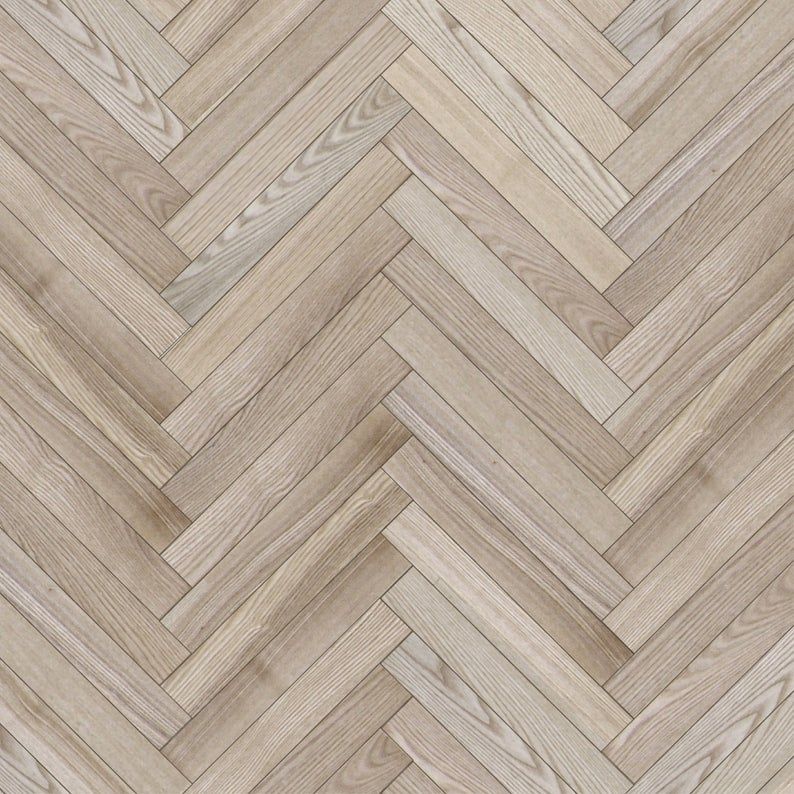Let s talk about floor and ceiling effects for a minute.
Scale floor effects.
The floor effect is one type of scale attenuation effect.
Ensure that the mounting structure located on the floor underneath the scale can fully support the weight of not just the scale but its components and its load without flexing.
Personally i think you need a principle to govern your choice of scale.
If a dependent variable measured on a nominal scale does not have response categories that appropriately cover.
There are many choices for response scales.
A ceiling effect can reflect for example a censored normal distribution.
In statistics a floor effect also known as a basement effect arises when a data gathering instrument has a lower limit to the data values it can reliably specify.
This lower limit is known as the floor.
You can add more scale points e g go to 7 or 10 point scale.
You could even design a scale that is not balanced so you make more distinctions of effectiveness.
The range of data that can be gathered by a particular instrument may be constrained by inherent limits in the instrument s design.
This is even more of a problem with multiple choice tests.
Often design of a particular instrument involves trade offs between ceiling effects and floor effects.
This could be hiding a possible effect of the independent variable the variable being manipulated.
In layperson terms your questions are too hard for the group you are testing.
Change the response scale.
A ceiling effect can occur with questionnaires standardized tests or other measurements used in research studies.
This is a continuous data model where it is assumed that many of the 6s would be higher if the scale went that high.
Loads that are not properly aligned can cause load cells to interpret the force as weight and generate inaccurate readings.
9 10 within the.
5 8 ceiling and floor effects occur when a considerable proportion of subjects score the best maximum or worst minimum score rendering the measure unable to discriminate between subjects at either extreme of the scale.
Previous studies have expressed mixed results regarding the postoperative ceiling effect in the ohs.
In research a floor effect aka basement effect is when measurements of the dependent variable the variable exposed to the independent variable and then measured result in very low scores on the measurement scale.
A floor effect is when most of your subjects score near the bottom.
The ceiling and flooring effects were calculated by percentage frequency of lowest or highest possible score achieved by respondents.

